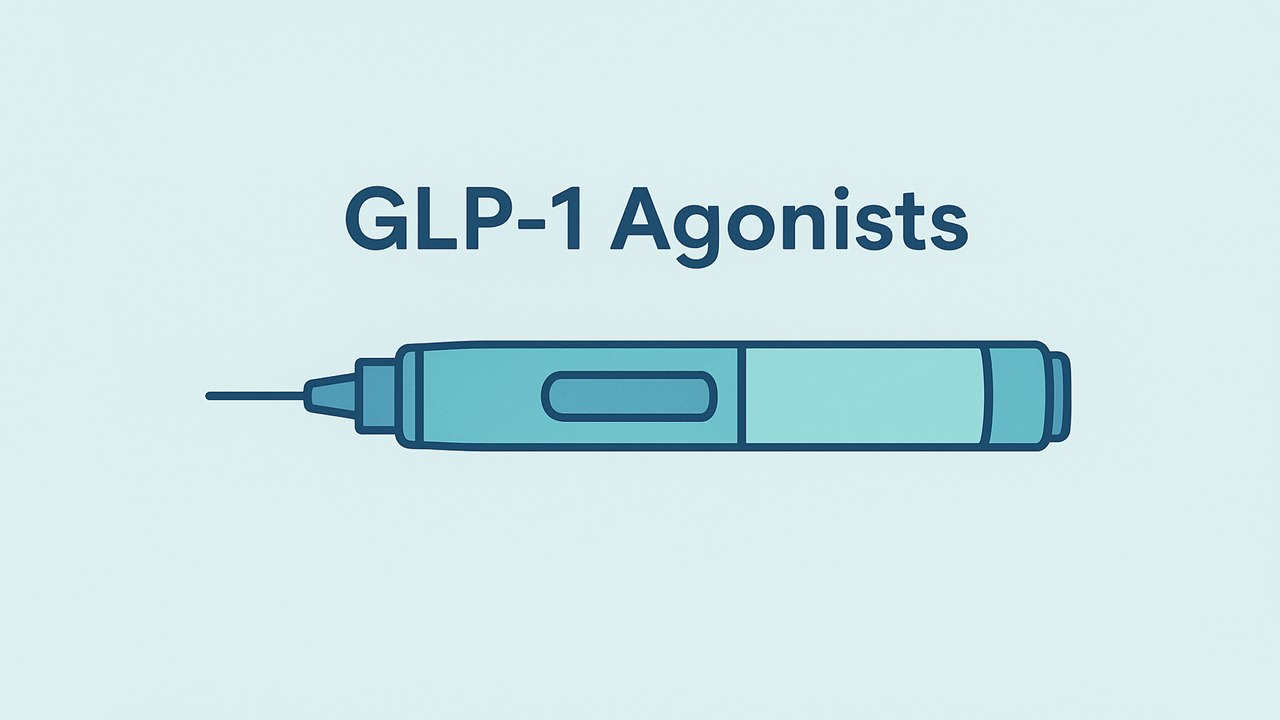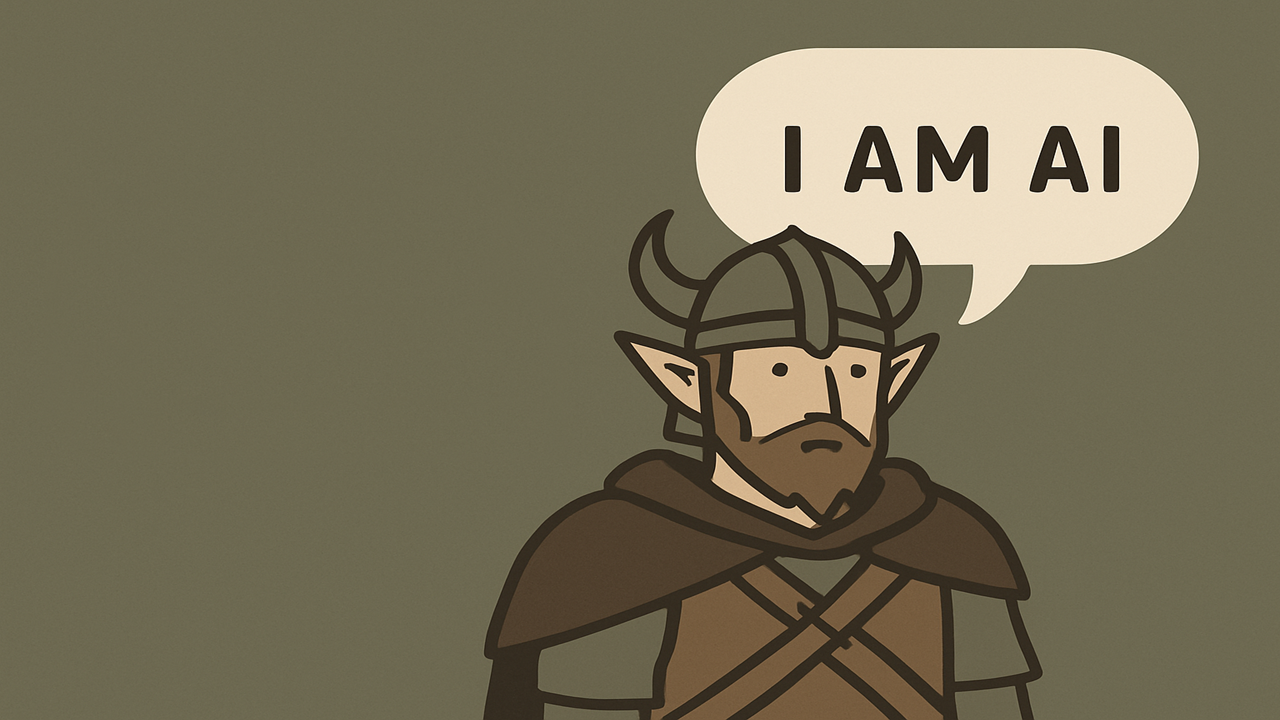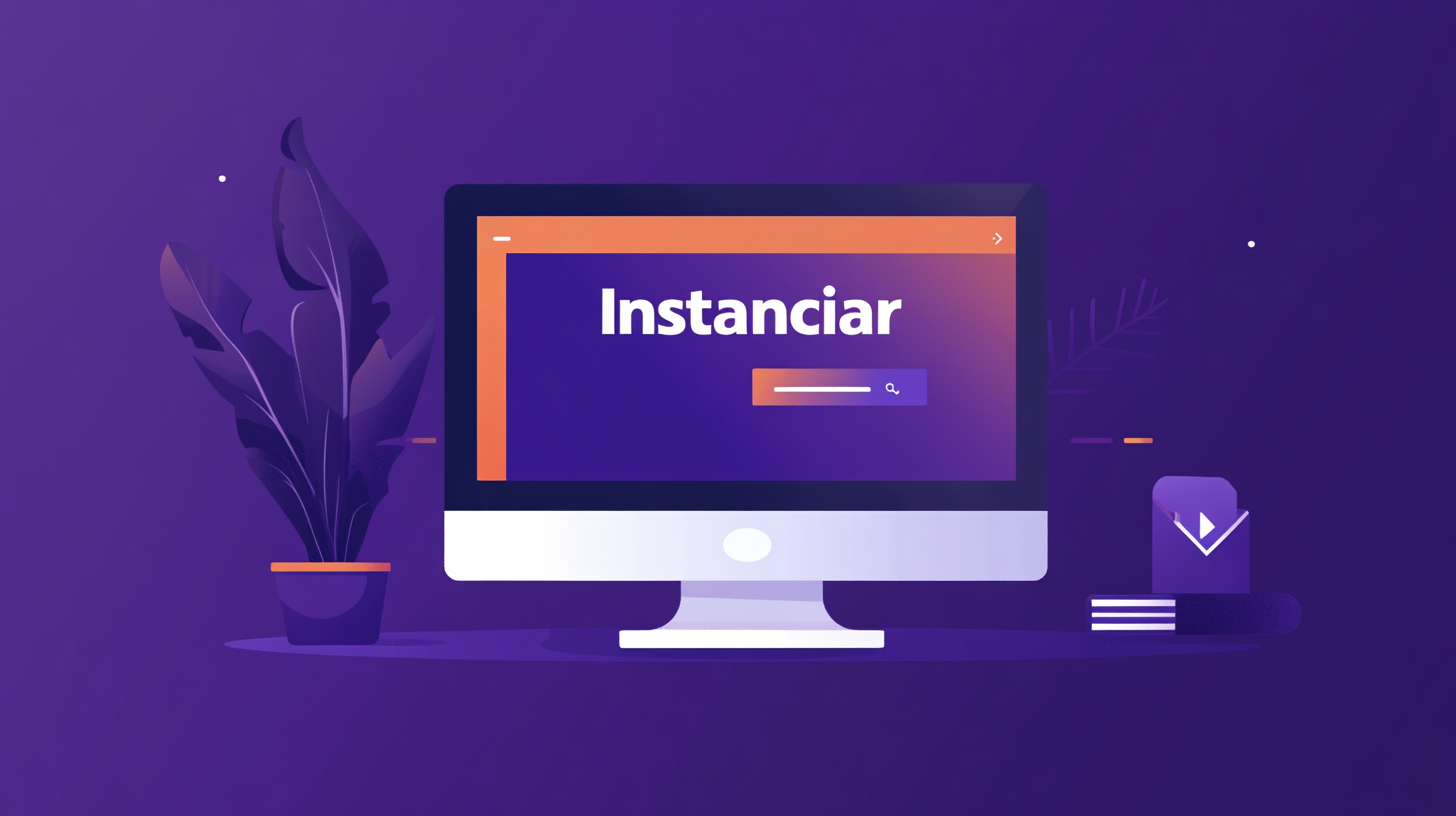How AI, Video, and Digital Tools Are Reshaping College Education
The steady shift from traditional college teaching toward online videos, text-based modules, and AI-driven guidance isn’t merely a small tweak to education—it’s more like a massive reimagining that’s already turning heads worldwide. Some people are not aware how quickly this change has accelerated, particularly in the aftermath of pandemic lockdowns, when recorded lectures and digital content became widespread out of sheer necessity. These days, many colleges and ed-tech platforms have discovered that the classic lecture format might be less effective and less cost-efficient than on-demand video, interactive text materials, and virtual tutors.
It’s not just big universities in the United States adopting these methods, either. Global platforms like Coursera, edX, and numerous local initiatives have introduced course catalogs where students watch short video segments, consult carefully structured readings, and, if they have questions, message an AI-based tutor that’s available at all hours. In some institutions, entire departments have phased out live lecture events, having replaced them with self-paced modules. The core argument behind these changes is about accessibility and personalization: if an AI can answer your question exactly when you’re stuck, you don’t have to wait until office hours the next day.
On another note, universities have also seen the potential for significant cost savings. Instead of each professor delivering the same lecture year after year, an institution can record top-tier content once, then deploy it for huge cohorts of students. Some academics remain skeptical, pointing to concerns about engagement, motivation, and whether an AI tutor can replicate the depth of human interaction. Yet research suggests that when done well, online courses—coupled with AI-based tutors—can achieve outcomes comparable or superior to face-to-face classes, especially if students have consistent support.
Everyone from Bill Gates to the “godfather of AI,” Geoffrey Hinton, have speculated that advanced chatbot tutors might outshine human lecturers within the next decade. They foresee a future in which professor-led lectures become optional or rare, and students can watch curated video lessons, read step-by-step materials, and rely on AI to guide them through stumbling blocks. Campuses, in that scenario, might primarily serve as hubs for labs, in-person discussions, or major exams, with minimal emphasis on daily lectures. The result would be a college experience that is drastically different—yet potentially more flexible and globally accessible—than what we’ve known for centuries.
Video, Text, and AI: A Trio Ready to Overtake the Lecture Hall
The push to replace or heavily reduce in-person lectures stems from multiple factors. First, studies consistently show no significant difference in student performance between online/video-based classes and traditional classroom instruction. Second, artificial intelligence offers a 24/7 personal tutor that never gets tired and can tailor answers to a specific learner’s needs. Third, scaled digital content drastically cuts costs. So if a set of pre-recorded lectures and a companion AI can teach thousands at once, why keep paying for huge lecture halls and repeated professor monologues?
Moreover, these tech-driven approaches cross borders easily. A medical college in Vermont decided a few years back to remove live lecture courses in favor of interactive video modules. Meanwhile, in parts of India, ed-tech startups harness AI to provide interactive lessons to vast populations of students who once had limited teacher access. The argument is straightforward: if you can watch short, high-quality videos from the best instructors worldwide, paired with an AI that clarifies your questions, do you truly need to attend a daily lecture in-person?
Sure, some skeptics might argue that students would skip these online modules or find it easier to zone out. But the introduction of AI tutors significantly changes that dynamic. The moment a learner is confused, they can ask the AI for clarification—unlike real classroom settings where you might feel embarrassed to raise your hand or the professor’s time is limited. Indeed, the success of these AI-driven methods hinges on consistent engagement, and many platforms address that by building in automated reminders, short quizzes, and user dashboards that highlight daily progress.
Another reason these solutions are gaining momentum is that outcomes appear solid. Large-scale meta-studies indicate that well-structured online and AI-based teaching can reach or surpass the average results of conventional instruction. In fact, some adaptive tutoring systems approach the effectiveness of one-on-one human tutors, though on a massively scalable level. That’s a strong argument for adopting a model that’s cheaper, more accessible, and equally good at facilitating knowledge acquisition. Even major universities now incorporate or pilot these AI tutors in courses ranging from computer science to medicine.
Tests in Centers, or Possibly at Campus…But Not Full Lectures
One practical question is: if students no longer attend daily lectures, what do they physically go to campus for? The consensus forming is that on-site presence would shift toward certain test-taking scenarios, hands-on labs, and social or collaborative sessions. You might see students physically show up to do final exams under secure proctoring, or to undertake experiments in specialized labs. A portion of them might even take tests in official test centers near their home, especially if the institution is fully online. Meanwhile, the day-to-day learning—the reading, the clarifications, the problem-solving—happens via digital means.
Some faculty see benefits in reimagining in-person interactions as deeper workshops or discussion-based gatherings. Instead of spending most class time passively listening to a lecture, students can watch those lessons at home, then come to campus for real debates, advanced group projects, or creative brainstorming. Admittedly, not every subject fits neatly into such a scheme. But for large swaths of undergraduate education, especially foundational courses, recorded or AI-led instruction works quite well.
Certainly, there are obstacles. Internet access, self-motivation, and the need for emotional connections can’t be ignored. Many people point to how in-person experiences cultivate relationships that matter for career paths or personal growth. But guess what: a lot of us still meet peers in labs or group sessions, and campus events aren’t necessarily going away. The part that’s shrinking is the giant auditorium lecture from 9 to 10 a.m., repeated day after day. The puzzle for educators will be reengineering campus-based activities so that they remain crucial and not overshadowed by AI entirely.
Whether this transformation excites or concerns you likely depends on how you envision higher education. Some worry about losing the intangible spark of an inspiring lecture. Others can’t wait for a future where a personal AI tutor plus robust digital content fosters more efficiency, better personalization, and less pressure to attend daily lectures. The data suggests the latter scenario is quickly emerging as mainstream.
What About Tomorrow?
We’re standing at a crossroads. AI chatbots, video courseware, and text-based materials could soon handle the bulk of undergraduate teaching that used to be covered by professors at the front of a lecture hall. Students may watch a curated set of videos anytime, anywhere, then simply ping an AI assistant at midnight or midday if they’re stuck. The physical campus, if it exists at all, could revolve around supervised exams, small in-person seminars, or specialized facilities. Or perhaps these test centers will be scattered worldwide, with learners accessing everything else virtually. No one can say for sure if that means old-fashioned college life—complete with dorms, clubs, or sports—will endure on the same scale. Maybe some universities will choose to remain more traditional as a differentiator, while others go nearly 100% virtual. Ultimately, how we balance technology and human contact is a conversation that’s only just beginning.






























